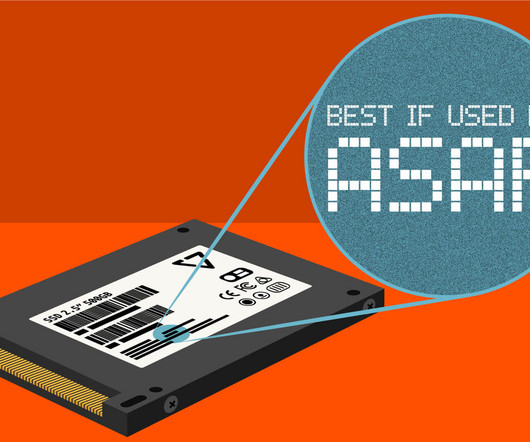Why Storage Is the Unsung Hero for AI
Pure Storage
DECEMBER 9, 2024
As AI progressed, each wave of innovation placed new demands on storage, driving advancements in capacity, speed, and scalability to accommodate increasingly complex models and larger data sets. In addition to checkpointing, emerging architectures like retrieval-augmented generation (RAG) present unique challenges for storage systems.












Let's personalize your content